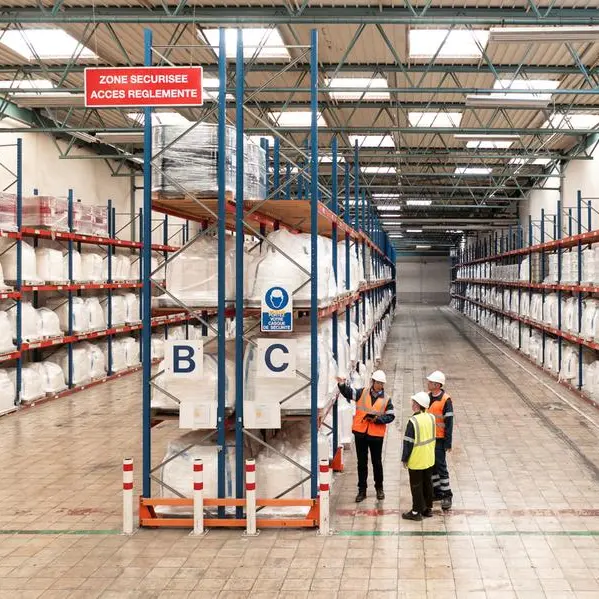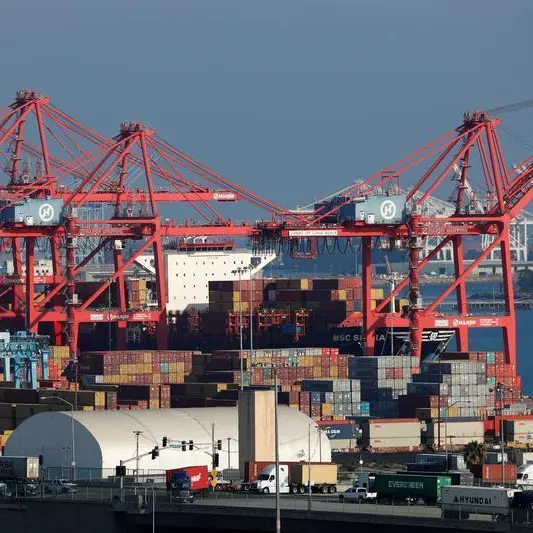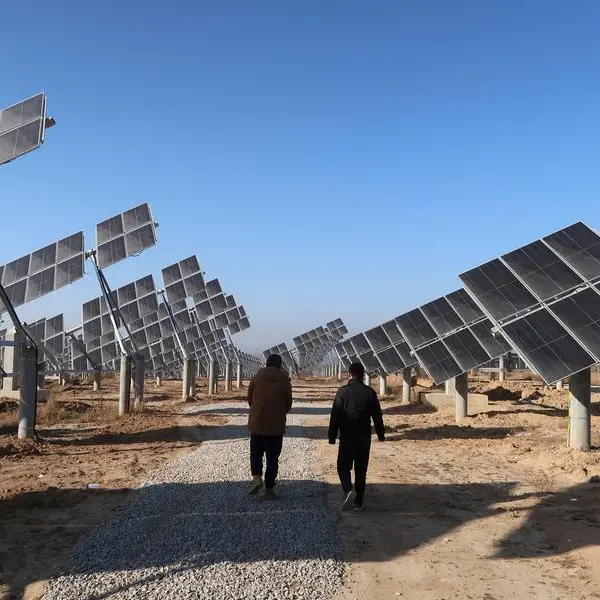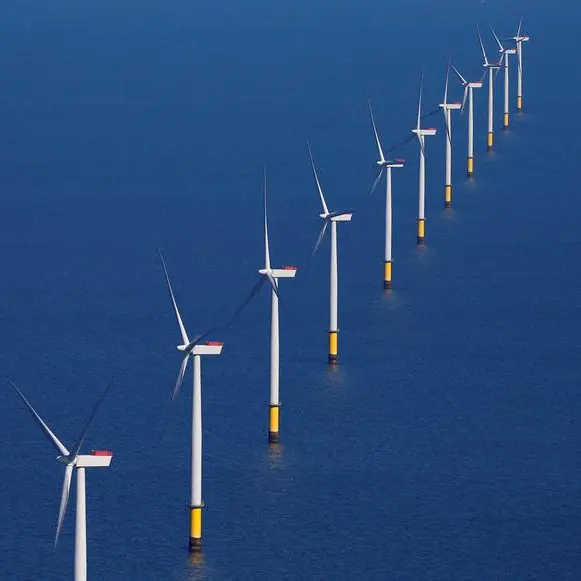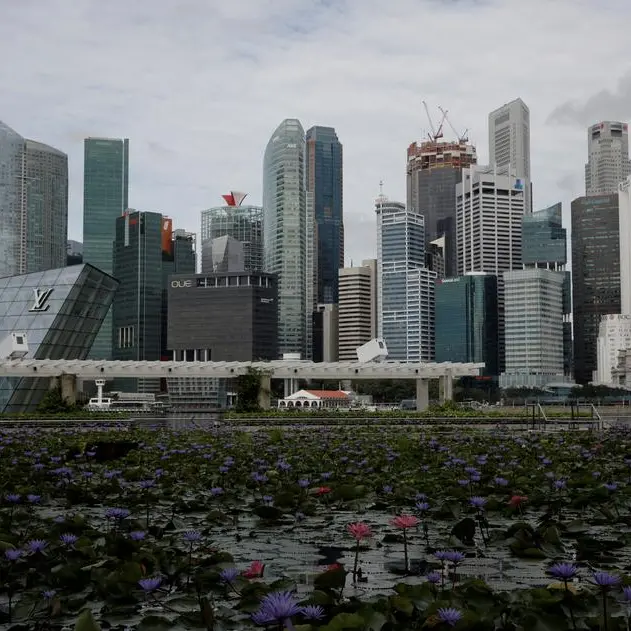Perhaps the most common question I receive from various real estate market stakeholders is this: “What will the real estate market look like in X number of months, or even years?”
To give precise and unbiased answers to these kinds of queries require one of two things. Either we use a time machine by which we travel to the future, take our notes, and come back with our analysis, or an easier method would be to consult a crystal ball and see what it tells us, and report back. Unfortunately, I don’t have access to a time machine, but I do have a crystal ball; however, it proved to be a bit unreliable.
For the above reasons, a precise answer to the question would be unachievable; however, providing an unbiased and educated best-guess market forecast is very much feasible. Accomplishing this requires looking backwards first, analysing market trends, and then giving an estimate of what’s to come.
In general, real estate markets, particularly mature ones, go through four-stage cycles. Starting with the trough stage, also termed the buyers’ market, property prices and rents would be at their lowest levels. Dubai witnessed that stage in 2009 and 2020. Recovery is the next stage in the cycle, an equal market, and typically sees increasing inquiries, a rise in sales and rents, as well as a return price progression. Dubai witnessed market recovery in 2011 and 2021-2022.
What we are seeing today is the third phase of the cycle, the upswing stage, also known as the sellers’ market. Dubai observed this back in 2006-2007, 2013-2014, and with the latest data evidence, it seems that since the beginning of this year, there’s been a huge increase in demand, sales are quicker, rents rising faster, with stronger price growth.
This leaves us with the fourth and final distinct phase, the downturn stage, which was seen in 2009-2010 and 2015-2017. I’ll come back and talk more about this, but for now, let’s focus on the current upswing stage the Dubai property market has been in during the last six months, probably the strongest ever seen.
There’s truly little doubt that an incoming market correction looms on the horizon; this is only predictable based on basic market fundamentals. This means that price ceilings would potentially be realised, and rents would eventually stabilise. It is simply a matter of time.
Evidence-based historic data clearly suggests that investor and owner-occupier demand has been leaning towards smaller and more affordable properties in the last six months. While the prime luxury market seems unaffected at the time being, capital value growth has been slowing down during the last few months. In the meantime, smaller villa/townhouse communities, as well as apartments within relatively affordable locations, have recently been showing stronger price growth. This is something we saw exactly a decade ago, namely, the upswing phase of 2013.
So far, no one is predicting a ‘bubble burst’ like 2008 or a market ‘overheat’ like 2014; I’m not either. That’s because demand continues to be strong, supply is limited in some areas, and project delivery is delayed in other areas. However, the cost of borrowing increased to record levels due to high-interest rates; this is possibly causing the mortgage buyers’ market to sustain healthy growth as opposed to the exponential growth observed with the cash and off-plan market - at least in the medium term.
Cautious buyers
I promised to talk more about the downturn stage, during which prices decline, and buyers become less interested, and the whole market becomes very much cautious. As mentioned earlier, Dubai has gone through this phase twice so far. The second half of 2023 is not forecast to see prices peak just yet, at least not in the majority of Dubai’s communities. Having said that, the initial signs of the last downturn were that high-end properties suffered the most capital loss immediately after they peaked, while most of the rest of the market witnessed mild price corrections.
Therefore, in the second half of 2023, the real estate market continues to be strong as Dubai could see an acceleration in price growth within affordable communities versus a slowdown in capital gains for mid to high-end properties. Rents continue to rise, especially for new contracts; existing tenants may also witness annual renewal increases after a recent RERA rental calculator update. Landlords are to accept one or two cheque payments in well-established, highly sought-after locations. As we approach the latter months of the year, investors and buyers alike may need to be extra cautious and avail due diligence and stay informed. As with any forecast, new evidence arising in the future may impact the timing of the mentioned predictions unless, of course, the crystal ball says otherwise.


